“So far, though I haven’t looked closely, the aesthetic dimension of NFTs is the least interesting thing about them, in the same way that you’re probably not so interested in the design of a large-denomination banknote, or the font of an artist’s resale rights contract. They look like computer-aided illustration; they look, as others have pointed out, like the stuff you find on deviantart.com.” Martin Herbert in Art Review
So much of our world is ugly. But ugliness and beauty are such subjective terms. On twitter there is a thread of posts under @grimartgroup that look at images of industrial and grimy places. My images of the rusting works in our sea defences are rejected from this thread because they are too beautiful. More truthfully, they do not fit with the conceptual images grime art is being measured against. That in a nutshell is the conundrum locked up in much of what passes for art in the 21st century.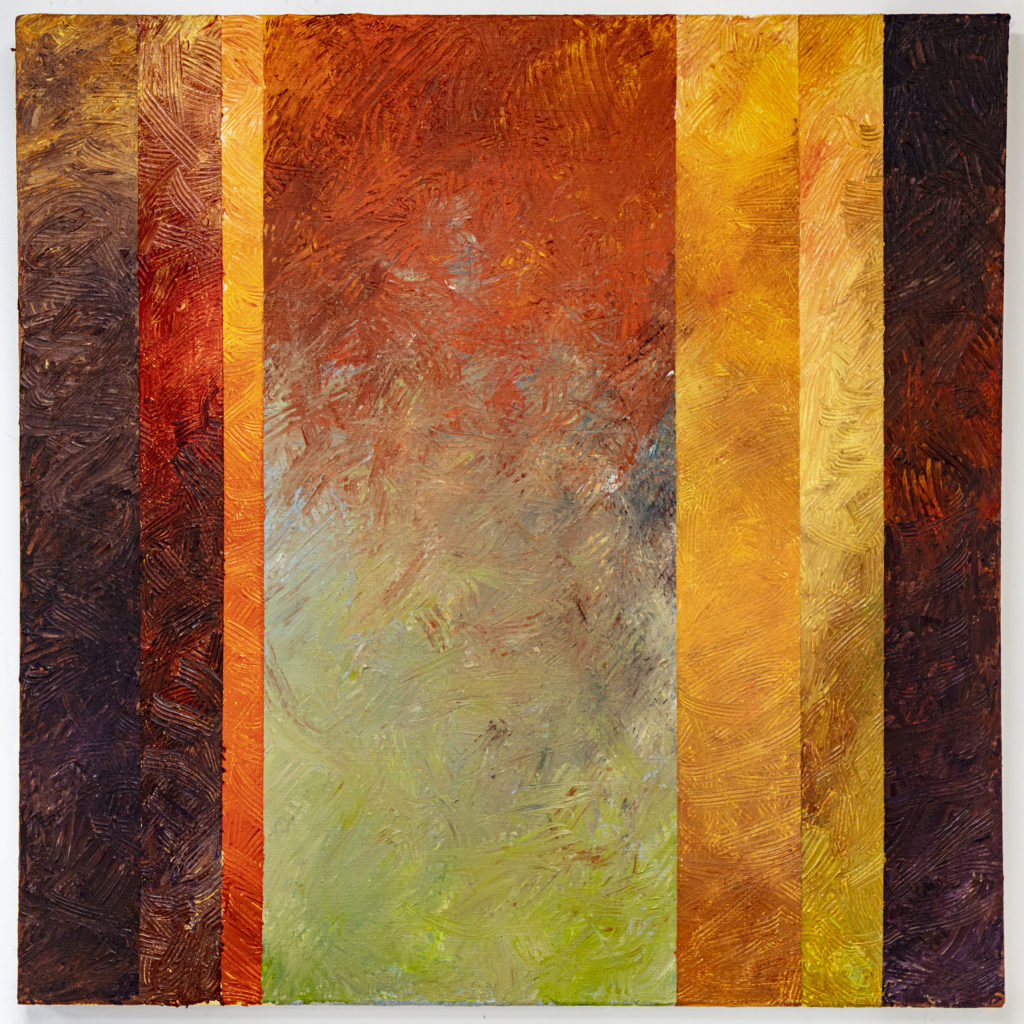
The proliferation of the digital has been transformative in the arts much as it has been in science, communication, transportation, and human to human contact. Mobile phones now feed new communication channels and their imagery saturates social media, in many ways enabling citizen reporting with some unintended consequences, amongst these being the removal of picture editors and professional photographers from news outlets resulting in more fakery in everything from TV stations showing faked video to newspapers printing heavily altered and substandard images. Even an area such as weather, broadcasters cannot resist succumbing to the heavily filtered sunrise/sunset photographs a picture editor would have rejected as unreal.
“With crypto art, though, it really is a case of The Emperor’s New Clothes, as the artwork simply isn’t there. Digital art revolves around so-called NFTs — non-fungible tokens — that exist only online and could be images, video or, sometimes, just a few words in a tweet” Daily Mail article March 2021
On an Arts channel yesterday I read a laudation of a digitally manipulated image which the ‘critic’ was praising as a clever reinterpretation of a scene without realising how so much of our imagery is now posed and edited, falsified, for such gullible viewers. In the 1990’s I started a design magazine on interiors after seeing a well-known style magazine interior that had been cleverly photographed so show a space that when visited turned out to be not much more than the end of a corridor. This was even prior to digital, and I determined that the images I used would be honest and for nearly 20 years my magazine achieved great popularity for showing honest photographs of interiors (including a regular ‘designers mistakes’ feature).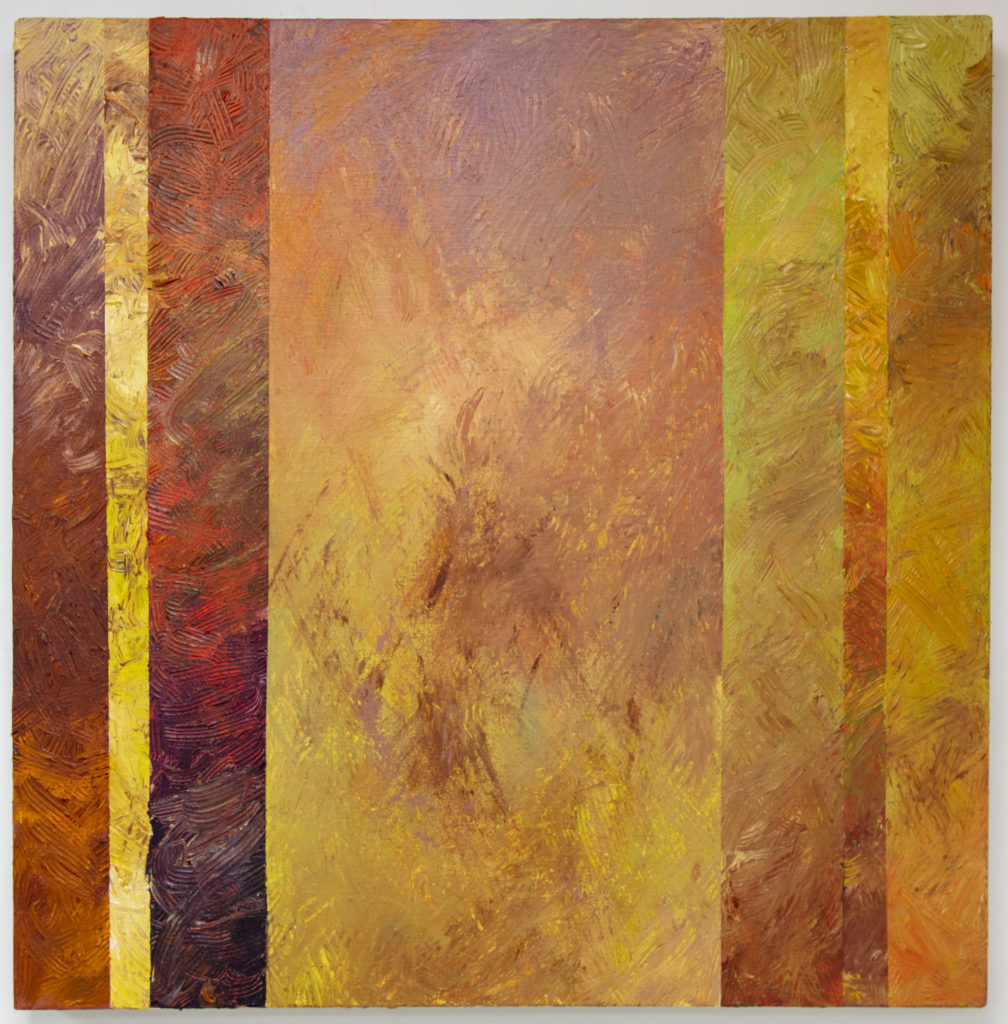
The elevation by a critic of a digitally manipulated image into high art seemed to be a coming of age of the massive manipulation of what is reality routinely presented to the public. As the ability of professional photographers to show our world has expanded using drones, ‘Go-Pro’ go anywhere cameras, underwater robot cameras, unmanned camera ‘traps’ so the everyday photograph has become a place of corruption and deceit for many. From the social influencers working out how to angle themselves flatteringly to the fashion image grossly photoshopped to produce a picture of human beauty that is quite unreal, digital imaginations run amok.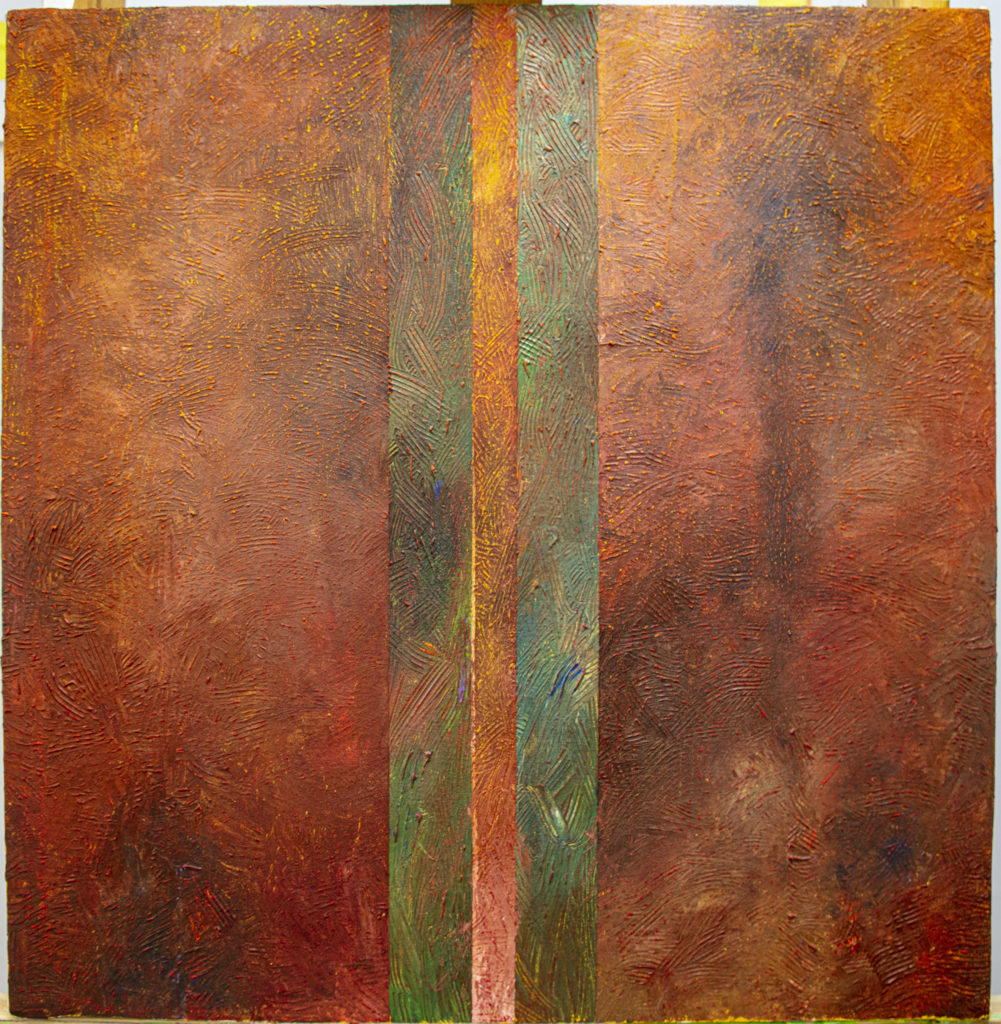
In the arts there is a ‘digital divide’ between the gloriously fake worlds created in movies and in TV programmes and the world of the painter. Paintings are made manipulative by adding secondary imagery through the incorporation of digital link in the canvas so a viewer holding a mobile phone sees the painting plus a digital image that can show the painting coming to life. All the technical whizzery adds new dimensions to the traditional artistic search for beauty. Where does this leave paint on canvas in the art hierarchy? Is this technofreakery just a way of maximising the ‘shock of the new’ to maximise income?
I am never as alive as when I am in my studio. Sometimes I feel like shouting ‘this is me’. Paint has texture, a physical presence that can be as thin as a film of paint, as a wash, or as thick as something ladled on with a shovel. The limit is the physical ability of the artist to control and their ability to make their rendering reflect their passion, their view of the world. There is no filter to change the result. I immerse myself in colour and texture referencing visual experience outside the studio through the sketch book and the camera. For me this is the key relationship, seeing the real and how an artist can summon its beauty as if raising the devil.
“Drawing is the mythmaking process, painting the formal realisation of the personal legends the artist creates. Myths and legends are a part of the human state – from the shared myths of gods from Thor, Zeus and Anubis to modern mysticism and religions, all have modified behaviours.”
Looking at a painting can modify behaviour, be a shared experience. I once took a group of students to the Tate and started to talk to them about Bomberg’s ‘In the Hold’ in which the imagery is hidden in the complexity of the painting structure. The painting is at one level a colour field to pull an emotional reaction, and at another level a puzzle to be deciphered in relation to a reality observed by the artist. Only slowly to the figures of men with sacks coming up ladders from a ship’s hold emerge from the sea of diagonal grids and triangle of colour.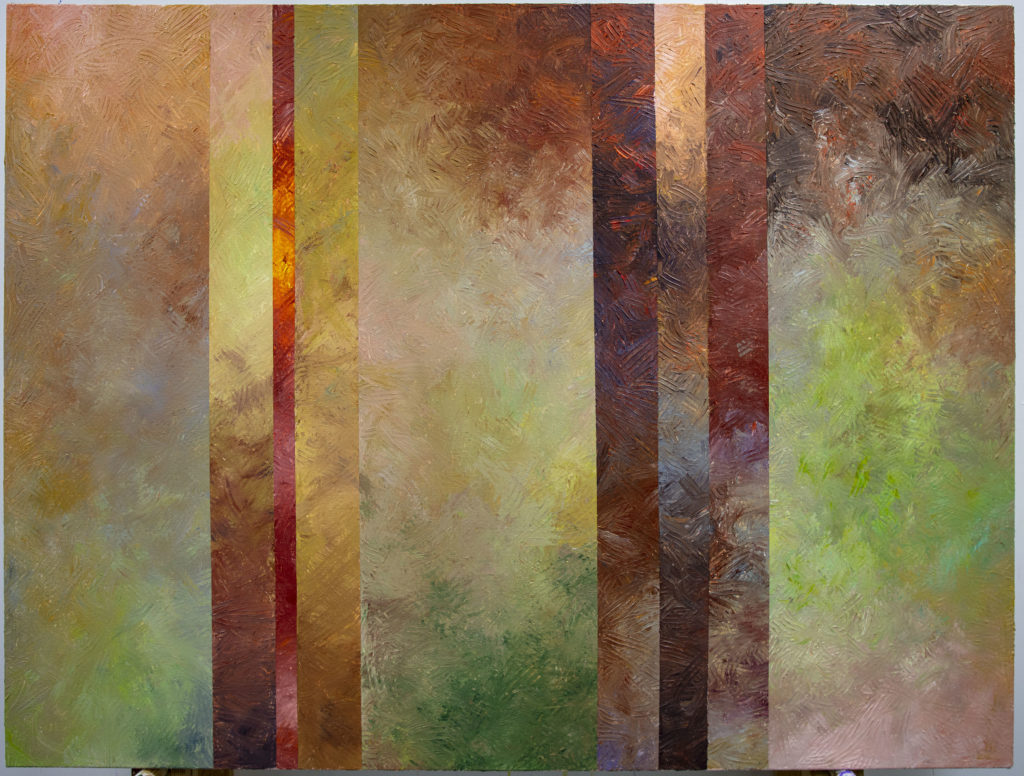
After talking for ten minutes or so I realised by group of six or seven students had swollen into an audience of some 20 people. I was embarrassed and shuffled away with my little group, but I realised later that for many the act of seeing is an art that our education system has failed to develop and they wanted a guide to be able to ‘see’ the painting. My practice as a teacher was to push students hard through drawing (too hard say some) but with the intention to sharpen and enhance their visual brains so they could really see. Our schools indulge the creative impulse but fail to rectify the visual deficit condemning many to accept a visual world full of ugliness, or lose themselves in the digital paradises created with AI and frequently unrealisable in reality, gluing them to screens.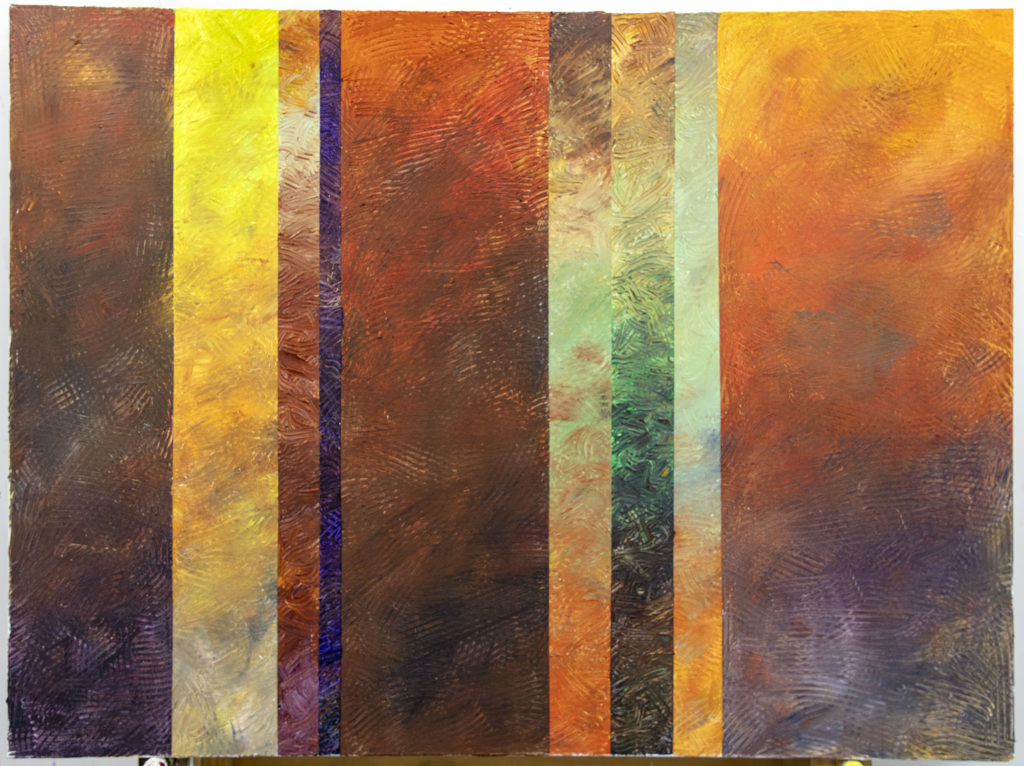
Realistic or representational paintings can open a door for a viewer, and maybe why, as I have said before, that I try to walk a line between abstraction and representation. The works on paper are closer to realism that you might think, often appearing surprisingly close to the photographic image worked from, making them accessible in theory to anyone visually aware. When I go onto canvas, I try to distil the lessons learned in working on paper into something that stands alone, needing no external reference, its abstraction from reality perhaps a feeling of familiarity. For on canvas I am seeking to find beauty, to extract more beauty from what I see.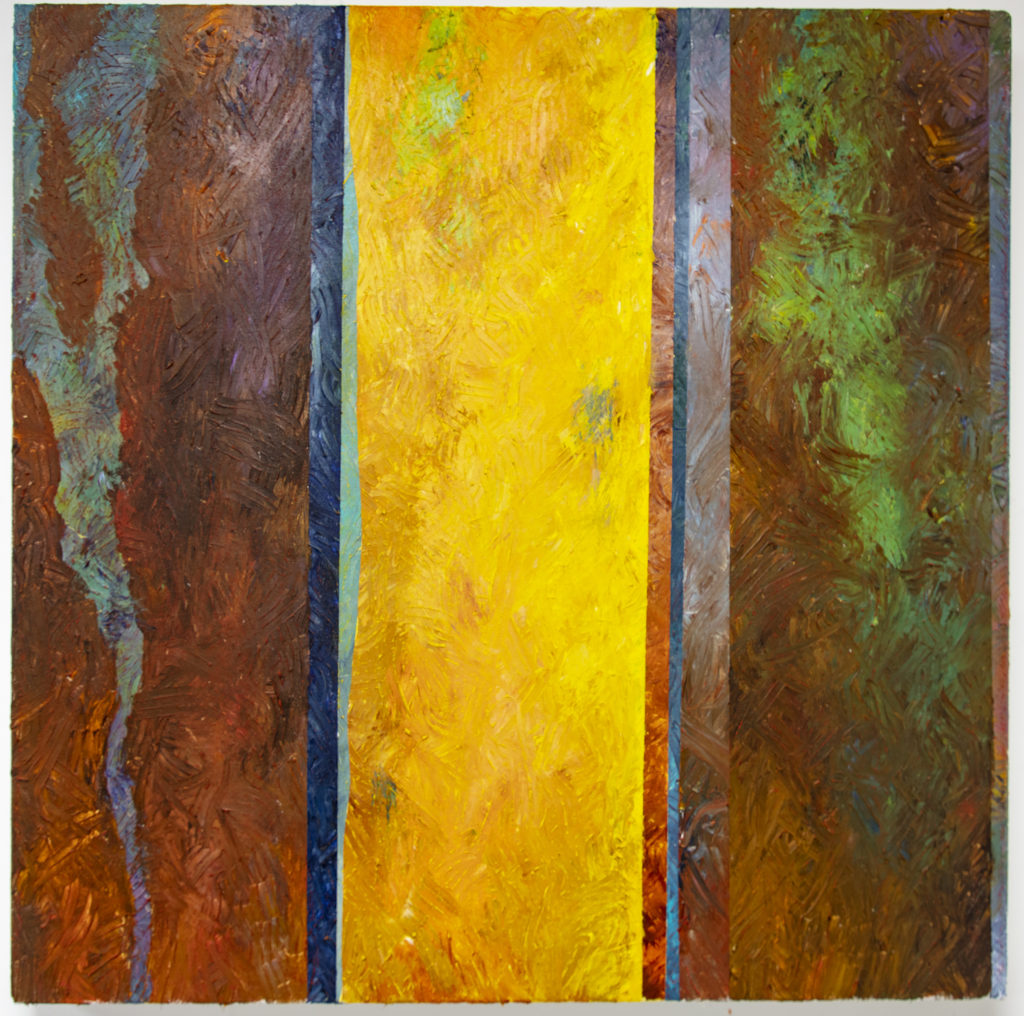
The paintings that fail from those I have completed recently seem to be those where the abstract skill factors for consideration by me as artist have got a little lost – where the scale of the mark and the areas of colour are out of balance, or where I have fallen too close to a realism. Those that succeed are, if you like, old fashioned figure field colour relationships where the colour and divisions weave together creating illusion of movement, creating movement through the mark, creating depth and spatial shifts through colour – yes we do read colour spatially as I showed in my colour experiment I have written about before. They stand on their own needing no further reference to be swum in with the senses, much as the digital world asks of you that you suspend disbelief.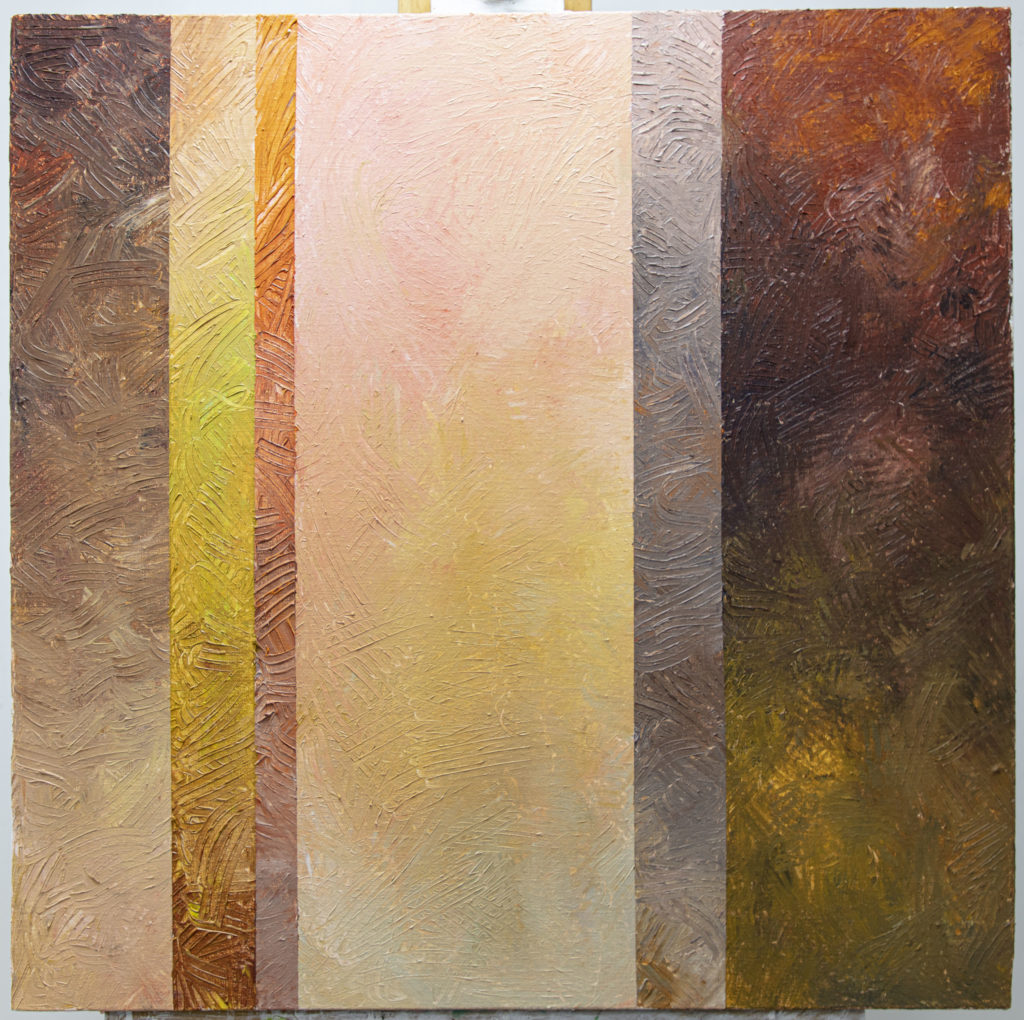
The works on paper are added to the studio wall, replacing an earlier work, canvases go on the end wall much more briefly as they are larger, and my studio isn’t big enough to show more than one or two, all so that I can swim in my own creations. There will come a point soon where I need to find a large space to show all the work, if only so I can stand back and see where I have arrived. At the moment there are minutes of pure joy and exhilaration when I see one that has really succeeded, sometimes annoyance as I realise something is not quite right, but that only spurs the next work. The wall lights my life. As Henry Miller wrote “To paint is to love again”.
For those who seek representation of the real world I think a comparison between my photographs and the abstractions the painting make may be instructive in revealing to them how conditioned by experience is what we see. I look forward to mixing the two sets together in a show that illustrates clearly how art can develop visual skills and experiences. Meantime you can see the work in the gallery here on the web, lacking the scale and presence that a physical object (meat world) has over the digital experience, or you can come to the studio in Seaford and see a selection for yourself. A painting has a different presence when it stands as object outside of yourself. DM me though Facebook, where you will find an art page mapping my working time to make an appointment. Its in a garden full of ozone and sea breezes, the scent of flowers and the sound of trees and surf none of which the digital presents… and all the work is for sale if you would like it to become a presence in your world..

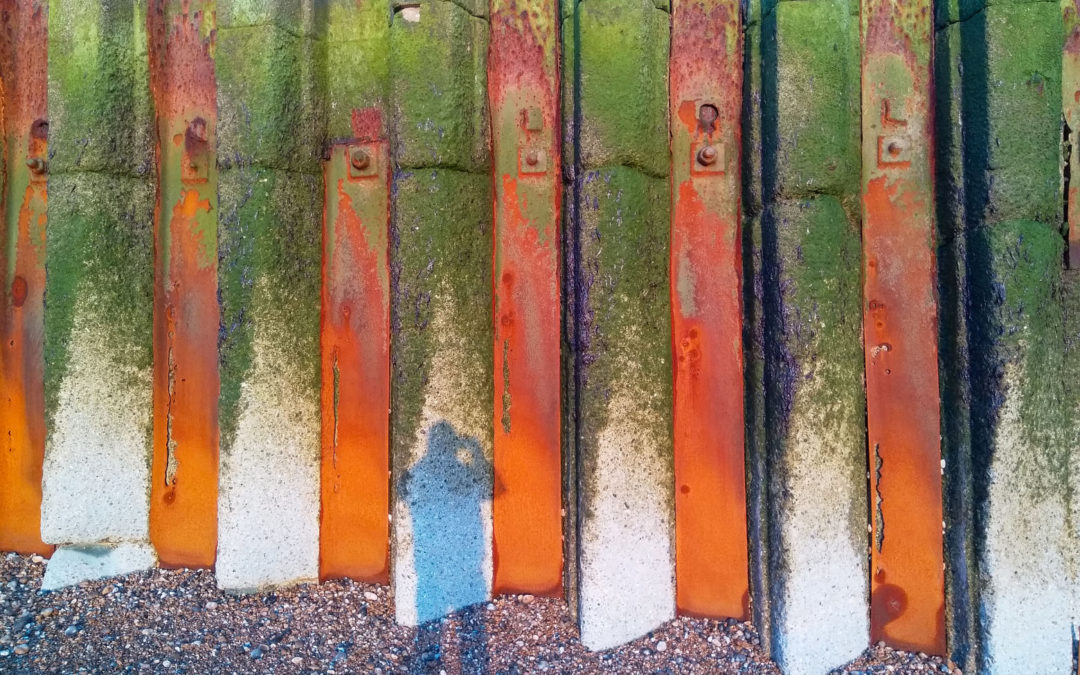
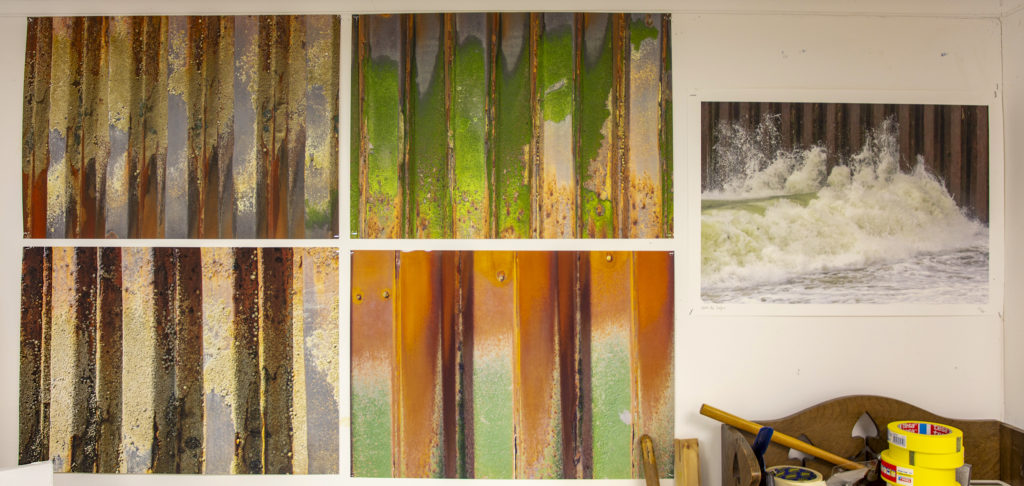
Recent Comments